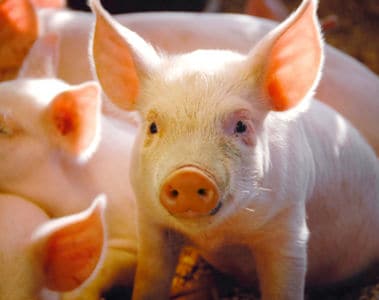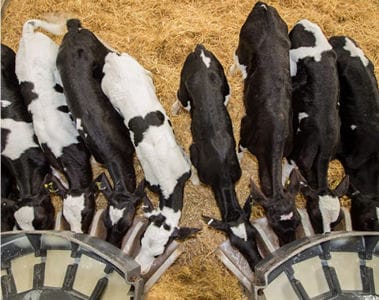An additional factor to consider is insect pressure as these pests can create stress for plants and enhance entry of mycotoxin-producing molds through damage or lesions. Additionally, insects can act as vectors which spread mold spores. The InsectForecast5 website is a great resource to use to monitor pest pressures in your area.
Foliar diseases also play a role in crop health, but diseases such as Tar Spot, Gray Leaf Spot, Southern Rust, and Northern Corn Leaf Blight, although of fungal origin, are not directly associated with the production of mycotoxins. Although not a primary risk for mycotoxins, such foliar diseases stress the plant and open the door for secondary disease by molds that can produce mycotoxins. Risk for such foliar diseases is variable across the Corn Belt this year, but Bayer Crop Science has Corn Disease Risk Maps on their website6 and can help provide some insight to disease pressures in your area. Scouting fields to determine disease pressure can guide timely and appropriate management tactics that can boost plant health, which may help limit risk of mycotoxins, even if management strategies (i.e., fungicide application) do not directly address mycotoxin-producing fungi. Supporting plant health and stalk integrity is beneficial, especially as crops stand in the field later into the harvest season as weather conditions may deteriorate and compromise the plant prior to harvest.
Believing that we can accurately predict what mycotoxin contamination patterns will look like in all bushels of corn that will be harvested this fall is absurd. Too many factors influence disease occurrence and contamination patterns, and those factors vary tremendously across the US and over time, resulting in an excessive number of potential combinations and outcomes. However, we’re willing to shake the magic 8 ball and see what insights we can harness from all the information that was presented in this article. In general, we believe that the “outlook is not so good” and there is a high likelihood for mycotoxins to be present in potentially challenging levels in the 2023 crop based on conditions which occurred over the course of the growing season. However, with harvest just under way in many top corn producing states, we suggest that you “ask again later” as our annual mycotoxin survey accrues data to better characterize what mycotoxin occurrence and contamination patterns truly look like in the 2023 corn crop.
Figure 7 outlines a few of our general predictions. DISCLAIMER: the following predictions are based on available information at the time of writing this article. We cannot guarantee contamination will follow these predictions, but check back in future issues of The Digest to see what contamination patterns look like according to the annual dsm-firmenich mycotoxin survey as harvest progresses and feeding of 2023 corn ingredients commences.


